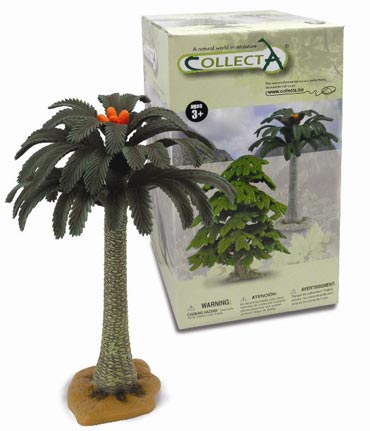What is a Cycad? It is an Amazing Prehistoric Plant
Cycads from the Permian to the Present Day
Cycads are a primitive palm-like group of plants that originated in the Permian geological period (most likely) and a number of genera can be found today mainly in the tropics and sub-tropics of the world. Extant cycads are found in regions where frosts are either absent or not severe, as such they can be seen in garden centres and in gardens around the UK, where they can survive so long as they are protected from frost damage. They most likely evolved from the now extinct pteridosperms and they certainly had their heyday during the Jurassic and the Cretaceous geological periods.
What is a Cycad?
Research published in 2013 suggested that these plants preferred to live in groves and that they had evolved to live in a group, just like some animals prefer to live in herds today. Their fragmented global distribution indicates that the modern cycads are the remnants of a much more widespread group of plants, indeed the fossil record shows that during the Mesozoic, cycads were distributed worldwide, from the far north of Alaska, to Antarctica and in both the western and eastern hemispheres.
A Replica of a Cycad Tree
The species that survive today are highly toxic to mammals, they produce a number of toxins and ingestion of cycad plant material can lead to internal bleeding, vomiting and severe kidney damage. It has been speculated that these toxins evolved to deter herbivorous reptiles including dinosaurs, but it is thought that despite these toxins and the very sharp leaf fronds in a number of extinct species and the coarse nature of the plant material, cycads were consumed by a large number of different types of plant-eating dinosaurs – including sauropods and ornithopods.
The cycad tree shown in this article is one of a number of prehistoric plants made by CollectA. To view the CollectA range: CollectA Prehistoric Life Models.


